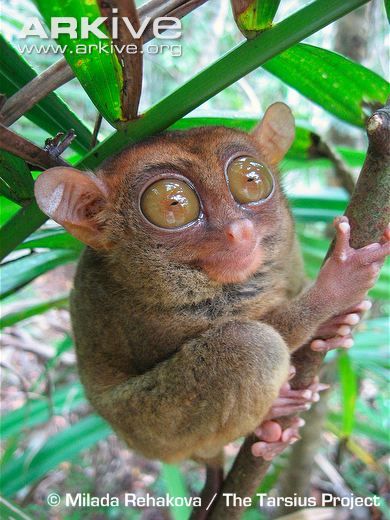
NEXT UP: 4th-seeded Maroon Langur (Presbytis rubicunda) vs. 13th-seeded Little Red Flying Fox (Pteropus scapulatus). #2021MMM 



Maroon Langurs, aka Red Leaf Monkeys, live primarily on the island of Borneo in SE Asia, sharing forest habitat with other primates including orangutans, gibbons, & proboscis monkeys. #PrimatePosse #2021MMM 

A medium-sized tree-dwelling (arboreal) monkey, Maroon Langur weighs ~15 lbs (30.9 stoats) & has a combined body + tail length of approx. 51 inches (just shy of 4 stoats end to end). #StoatsAsMeasurement #2021MMM marckissel.shinyapps.io/Stoat/
Little Red Flying Foxes, aka LRFF, are found in temperate & tropical parts of Australia. With a 3-foot wingspan and weighing only 1 lb (2 stoats), they are the smallest species in the genus Pteropus, but can congregate in colonies of >100,000 individuals. #2021MMM 

While LRFF prefer to roost in colonies (called 'camps'), they are also nomadic and sometimes end up roosting by themselves among tree branches. This might 'leaf' them vulnerable to predators. #BadBatPuns #2021MMM
But these reddish-brown bats may have some tricks up their wings! LRFFs can gather foliage around their body, becoming "virtually obscured from view at any angle", thus hiding them from potential predators. #2021MMM 

Tonight's battle occurs at dusk in the Sebangau Forest of Central Kalimantan in Indonesian Borneo. #2021MMM 

Our male Langur is ensconced in the treetops with the females of his group, preparing to settle for the night. One-male groups are common in this species. #2021MMM
There is a rustling sound in the forest. An unseen adversary? Langur gives a territorial call... #2021MMM
...which is heard by Flying Fox, who is nearby looking for nectar to feed on. Little Red Flying Foxes are nectar specialists &, like many nectar-feeding birds, have a tongue with a brush-like tip. #2021MMM
Langur continues to scan the surrounding canopy as LRFF veers toward a more open area, hoping to find some eucalyptus blossoms. #2021MMM
Thwiiitht-wittht!! #2021MMM
Flying Fox is entangled in a net set up by local hunters! #2021MMM
Net traps are commonly used to hunt Large Flying Foxes in Sebangau, especially from February-April, contributing to bat population declines. #2021MMM borneonaturefoundation.org/en/species-sat…
Little Red Flying Fox struggles in vain to free his wings, but they are hopelessly tangled in the net. Langur, hearing no further threat, resumes his typical gloaming routine. #2021MMM
MAROON LANGUR OUTLASTS LITTLE RED FLYING FOX!!!! #2021MMM
• • •
Missing some Tweet in this thread? You can try to
force a refresh












